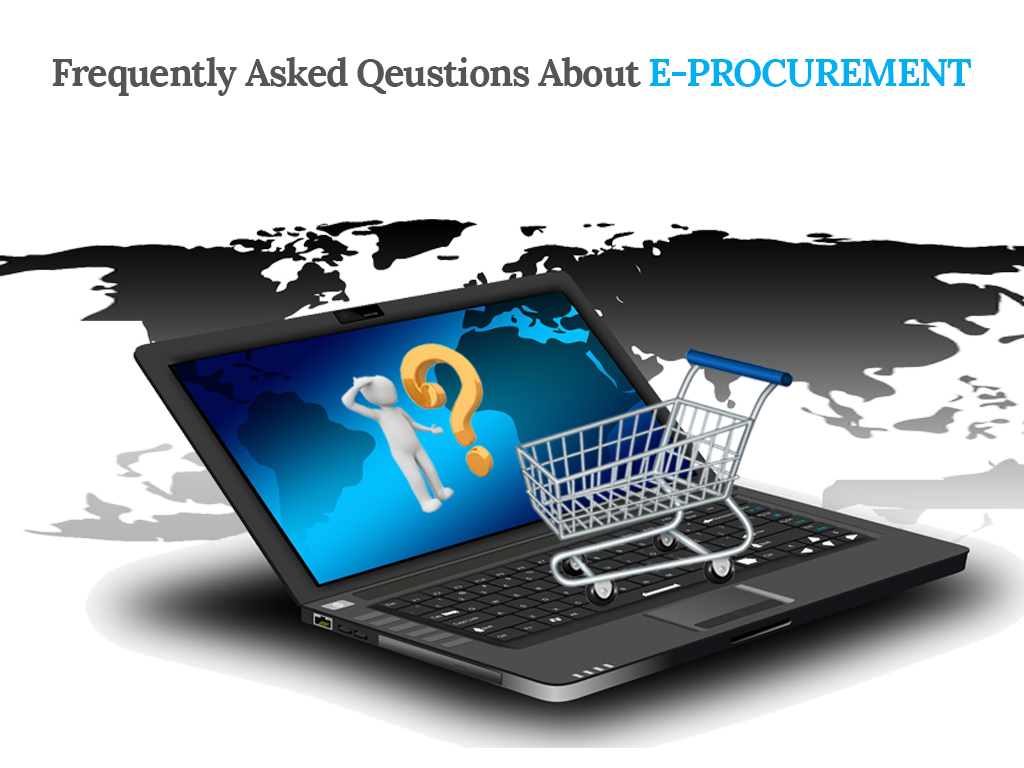Does e-procurement software integrate with accounting & other financial systems?
Yes, but the level of ease depends on which e-procurement software you use and which financial system you use. Bellwether software integrates with a variety of accounting systems and ERPs.
If you use a different system or one that doesn’t integrate then it could require some additional steps to get the two systems to work together. This can be done in a variety of ways such as using out-of-the-box adapters, 3rd party packaged APIs, web services or hiring a program to create custom code. There are pros and cons to all these solutions.
What ROI can I expect with E-procurement systems?
There are a lot of variables so we need to look at this in general terms. First, you want to set a savings target at 5-10% of your annual spend. E-procurement systems cost anywhere between 4-figures up to 7-figures. Your company’s annual spend is going to be very different from another down the street and another industry. So look at your particular situation, run the numbers, and figure out what kind of ROI you can expect. You’ll want your e-procurement system to pay for itself within a year or two.
When considering the internal and external costs savings for automation versus manual processes do suppliers have statistics to help evaluate? How can these statistics be captured?
Most suppliers already know and seek out the benefits of automation. Automated receipt of a PO into their order management system reduces their labor costs. Many of the larger suppliers have call centers with agents who replicate orders received via fax, mail, or phone into their systems. Imagine the labor cost involved with these call centers for dozens of employees or even hundreds? That can get very costly. Automation is more accurate than re-keying orders. Even the best will make mistakes and with the high turnover involved you’ll have lots of inexperienced employees at any given time. Mistakes keying these in will lead to wrong products being delivered and corrections being made at the expense of the supplier, not to mention time and lost business. Finally, automation means the order isn’t sitting there waiting for some employee to get to that point in the stack to enter it into the system. This means that products are delivered sooner and everyone is happier.
Attaching an actual number to these benefits is another story altogether because each supplier’s situation is unique. However, you can get some insight into these metrics by measuring and tracking everything. Look at mistakes in automated orders vs manual entry orders. What costs were involved correcting them? Look at your end-to-end order and delivery process. How long did it take from the time the order was entered until it was received? How many times were deadlines missed and how did that affect business and sales? How many times were the wrong products were delivered? Then go back and look at it all again to see how automation can help improve all these areas.







